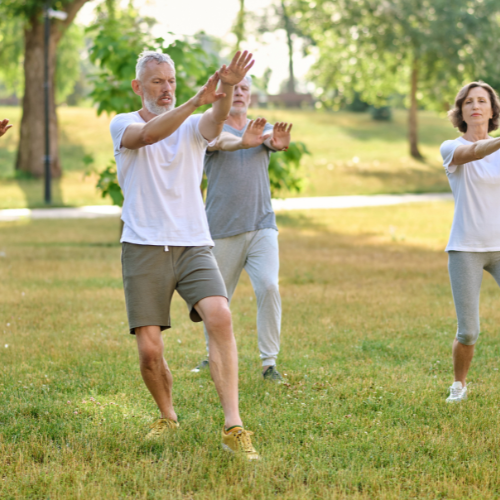One child, male, 3 years old, had a sudden high fever and a red rash on the chest and back. After taking the medicine for the first time, the fever subsided and the rash disappeared. After going to childcare for another day, the high fever started to persist again. Large rashes appeared on the limbs, both feet were swollen and localized pain, the outer sides of the eyes were red, the lips were bright red and dry and peeled, the lymph nodes in one side of the neck were swollen, and the tongue was bright red with dots. No sweat, no appetite, fatigue, yellow urine, no bowel movement, irritation. The right pulse is floating and fast and big, left Guan pulse is strong.
Judging from the symptoms alone, the disease meets the typical diagnostic indicators of Kawasaki disease (KD) in western medicine (mostly seen in children under 5 years old, persistent high fever, conjunctival congestion, lymphadenitis, foot swelling and pain, rash, dry strawberry tongue and lips). Kawasaki disease is a pediatric disease with certain risks. Heart problems, such as fast or irregular heartbeats, occur in about 50% of children and usually begin 1 to 4 weeks after the onset of the disease. Left untreated, half of the children with heart problems (about one in five in all) will develop the most serious heart problem, a bulge in the wall of the coronary artery (coronary aneurysm). These aneurysms can rupture or produce blood clots, which can lead to heart attacks and sudden death.
At present, there is another opinion in western medicine, that is, with the epidemic of Covid-19, the incidence of Kawasaki disease has increased significantly. It is similar to the inflammatory response in multiple organs throughout the body caused by Covid-19. Due to some differences in symptoms, it may not be classified as Kawasaki disease, but instead is called Multisystem inflammatory syndrome in children (MIS-C).
From the effect of herbal medicine with us, the rash disappeared by 80% on the second day after taking the medicine, and the high fever dropped; on the third day, the rash disappeared by more than 90%, and it was almost invisible, and turned to low-grade fever or no fever; by the fourth day the rash is almost invisible, but the redness of the lips and tongue has not completely subsided, which means that most of the heat has subsided, but it is still hidden and ready to return, and the patient still need to keep taking medicine to avoid latent heat and cause future troubles. Due to the dangerous nature of the condition, it is appropriate to wait until the internal fire is completely removed before stopping the drug. In the later period, cough symptoms appeared, which were treated according to the syndrome.
So how to understand this disease in TCM and what is the treatment principle?
For Chinese medicine, it is of little significance to distinguish the disease name and pathology of Western medicine, and it will not affect the treatment of such diseases. Traditional Chinese medicine classifies these symptoms into the category of febrile diseases(Wen Bing). Specifically, the child’s pulse is always high in the floating and middle positions, which means that it is hot in the Qi level. At the same time, a large number of rashes means that the heat has also entered the Ying level, which means that the location of the heat evil is relatively deep, and it has reached the level of Ying and Blood. It is also because heat enters the Ying level, in the view of Chinese medicine, the condition is dangerous. This heat in the Ying level begins to affect the pericardium. This is in line with the observation and verification of Western medicine.
In terms of treatment, from the perspective of febrile diseases in traditional Chinese medicine, I believe that the child’s condition belongs to “Qi and Ying both burning”, that is, both Qi level and Ying level are very hot. Due to the floating of the pulse, I believe that the heat in the Wei level should be considered together, and the problem of Shaoyang at the level of the six meridians should also be considered. The prescription is mainly basically adjusted from classic formulas: Yinqiaosan, Baihu Decoction, Xiaochaihu Decoction and Qingying Decoction. The principle of treatment is turning qi and moving heat evil out and harmonizing Shaoyang.
There are many angles in this medical case that are worthy of consideration and scrutiny.
First, the child had infected the Covid-19 about 2 or 3 months ago and later contracted influenza and had a fever many times in his childcare. So it seems that the disease has recovered, but in fact, the residual heat (warm evil) has not been eliminated. Is it a foreshadowing of the subsequent illness? If so, we really need to pay attention to the risks caused by the residual evil fire remaining dormant in the body.
Second, we are accustomed to separating Covid-19 from other influenzas, but in fact, after the release of control in New Zealand, various viruses, including the Covid-19 and influenza viruses, continue to spread widely and cross-spread, resulting in multiple repeated infections. Judging from this case, we should not only focus on the harm of a single Covid but should comprehensively consider the harm of the combined effect of this repeated infection of warm evil to specific human populations.
Third, Western medicine treatment is to inject immunoglobulin intravenously within 10 days after the onset of the disease, which is a therapy to stimulate the patient’s immunity. According to statistics, it can effectively reduce the incidence of aneurysms. This can be understood as allowing the evil Qi that enters the body to be discharged by strengthening the internal energy, but it is a pity that Western medicine has always lacked the means to directly target the pathogenesis like traditional Chinese medicine when encountering this kind of Ying(nutrient)-Blood disease.
Fourth, the disease should be detected and treated early. Otherwise, it may cause great harm. Therefore, when encountering a persistent high fever, once a rash appears, the patient should be vigilant and look for the most appropriate treatment. If you only treat the disease according to traditional Chinese medicine’s Qi level and Wei level, or western medicine’s flu treatment, it might cause substantial damage to the heart. Regardless of the method of traditional Chinese and western medicine, it will inevitably cause regret.
Case NO.085
Note: TCM doesn’t ‘treat’ any certain WM disease name. TCM has its own system and method to rebalance the human body, release the symptoms and help the body truly recover on its own. TCM treatment methods and effects are different according to individual differences, and the sharing of the case study does NOT constitute treatment recommendations.


















Acupuncture Treatment for Severe Neck and Shoulder Pain in a Weak Female Patient
Effective Traditional Chinese Medicine Treatment for Severe Cough with Wheezing: A Case Study
Case study: Comprehensive Acupuncture and Herbal Treatment for Shoulder Pain with Difficulty in Elevation
Classical Formula Treatment of COPD in a 62-Year-Old Vietnamese Male
Case Study: Treatment of Suppurative Hidradenitis with Dan Zhi Xiao Yao San
Case Study: Post-External Pathogen Yin Deficiency Cough
Case Study: Acute Ankle Sprain and a Comparison of TCM and Western Medicine Treatments
Personalized Chinese Herbal Treatment for Elderly Patients: A Case of Frequent Night Urination, Premature Beat and Leg cramps
Case Study: Effective Treatment of Gout Using Classical Formulas
Bloating: The Application of Da Chai Hu Tang in the Treatment of Severe Abdominal Distention
Comprehensive Treatment of Chronic Pain with Acupuncture: A Case of Kidney Deficiency and Meridian Obstruction
Classical Formula Treatment for Emotional Dysregulation in a 9-Year-Old Girl
Pulse check Cases Collection (1)
[Case study] One case of lower limb edema in a 72-year-old lady
One case of classic formula ChaiXian Tang helping with no appetite
[Case study] Multiple Illnesses (8 types) in 50-Year-Old Male Patient
One case of tonsillitis in a 1.5-year-old child
A woman who had been taking Wu Ji Bai Feng Wan for bleeding for ten months